Todorovic
Weapon Archive
Achive Online
NATO Handout
Sunday Times
Getty Images
Launch
Site, History
FAS
Berlin Wall, Dogonews

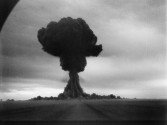
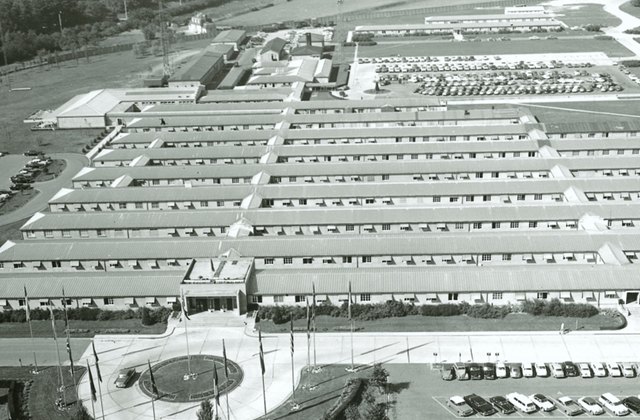


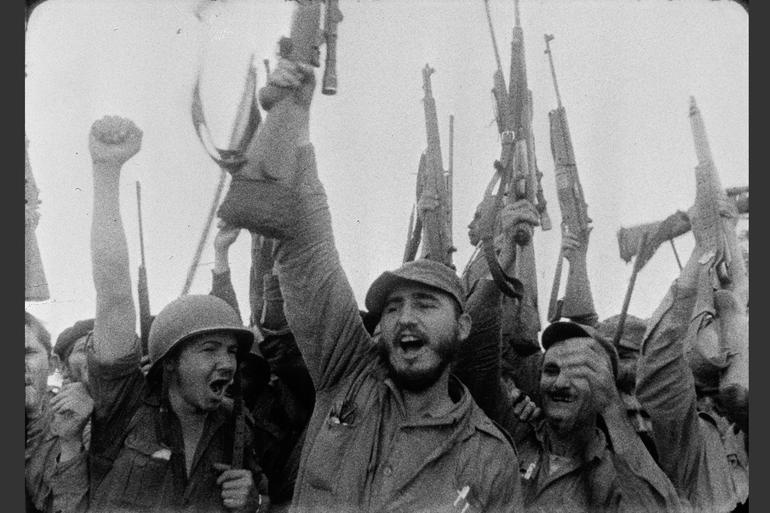
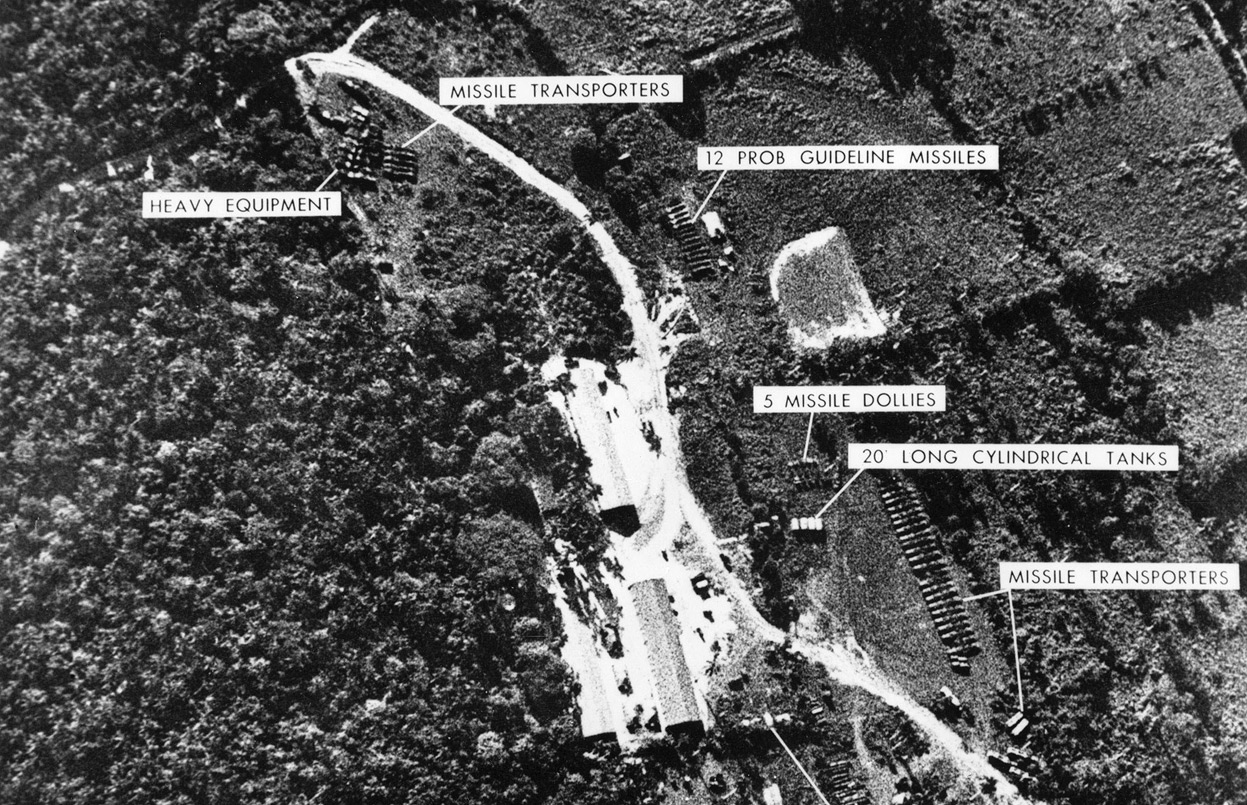
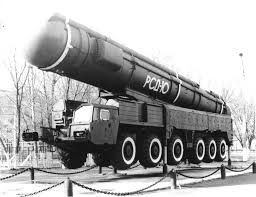
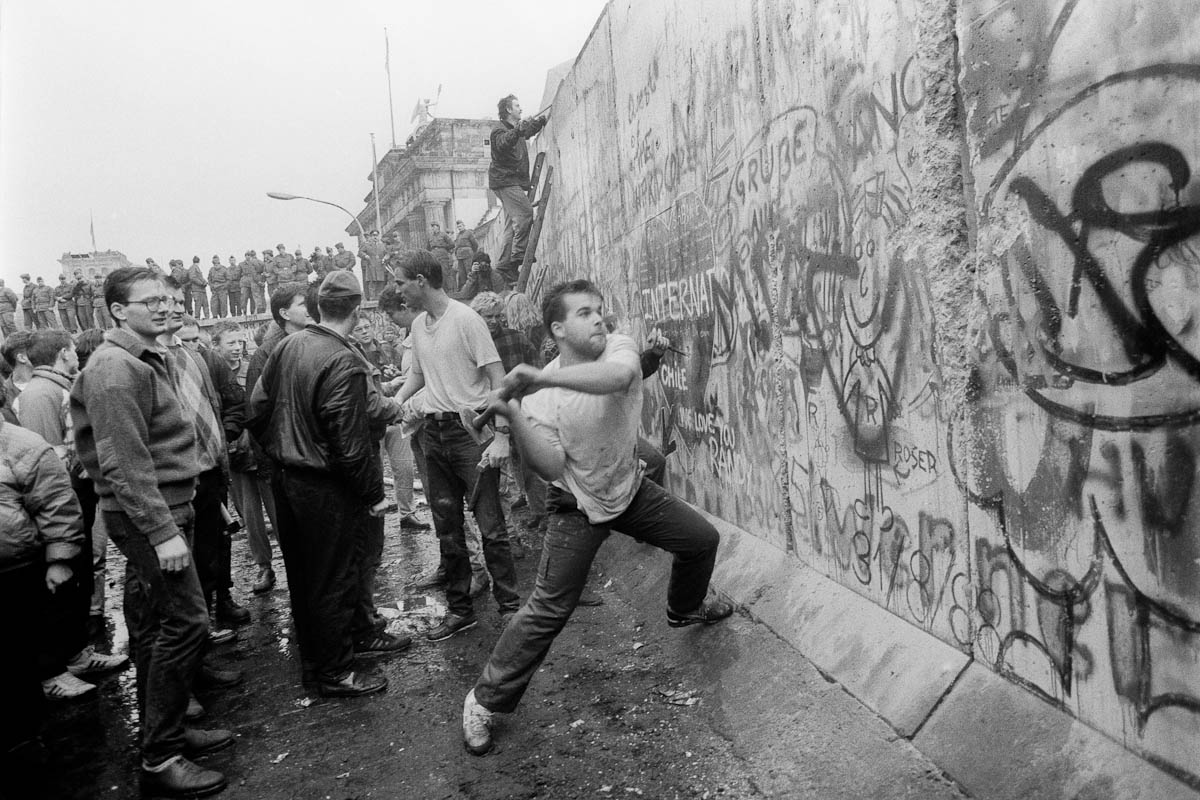
In 1911, the Republic of China overthrew the Qing Dynasty and became the one of the most powerful parties in China (The Chinese Revolution, Office of the Historian). This was followed when the Russian Social-Democratic Workers' Party, also known as the Bolshevik, seized power over Russia in 1917 (Bolshevik, Britannica). These revolutions instilled two major communist powers in Europe and Asia.
The events of World War II left Europe in ruins. Over 36.5 million Europeans had died and many survivors were left in poverty (NATO History, NATO). This state of economic depression left room for a power shift throughout Europe and Asia.
From 1946-1948 several revolutions occurred instilling communisms throughout Eastern Europe (NATO History, NATO).
In response to these revolutions, 12 countries throughout Europe and North America signed the National Atlantic Treaty. This treaty created a powerful alliance known as the National Atlantic Treaty Organization, also known as NATO (NATO History, NATO).
NATO was formed with the purpose of "Deterring Soviet expansionism, forbidding the revival of nationalist militarism in Europe..., and encourage European political integration."(NATO History, NATO)
Tensions continued and escalated into what is now known as the Cold War (CNN's Cold War, Beichman)(World Book).
In 1949, the USSR created and detonated an atomic bomb, called "Joe 1", and did so again in the beginning of the Korean War in 1950 (NATO History, NATO). Also in 1949, the Chinese Communist Part defeated opposing political parties to establish the People's Republic of China (The Chinese Revolution, Office of the Historian). To counteract this series of events, NATO created the Supreme Headquarters Allied Powers Europe (SHAPE), a military headquarters near Versailles (NATO History, NATO).
In 1952, Greece and Turkey joined the alliance, shortly followed by West Germany in 1955. This addition of allies was the first steps toward a worldwide alliance. To keep peace after West Germany's pledge, the USSR and NATO created the Warsaw Pact in 1955. The Berlin Wall became a symbol of this pact (NATO History, NATO).
The strife between NATO and the USSR led to the establishment of NATO's "Massive Retaliation" policy. This policy declared that in the event of a soviet attack, NATO would respond with nuclear weapons (NATO Handout, NATO).
The Vietnam War began in 1954 and led to increased tensions between the United States and the Soviet Union (NATO History, NATO). The communist party of Vietnam and its allies sought to overthrow the Vietnamese government but were met with resistance by the United States military (Vietnam War, Spector).
In 1960, a United States U-2 plane was shot down in the middle of Russia during an attempt to photograph USSR bases. Parts of the plane and an interrogation of the pilot led the USSR to discovering NATO's motives. This event led to increased tensions between the two alliances (U-2 Overflights, Office of the Historian).
In 1959, after five and a half years of fighting, the Communist Party of Cuba, led by Fidel Castro, overthrew Fulgencio Batista to seize control of Cuba (Fidel Castro, Biography). Following the Bay of Pigs invasion, the United States and Cuba began to have an increase in conflict. This conflict led to a trade embargo between the two countries. This embargo forced Cuba to turn to the Soviet Union, which began making political ties.
Using these political ties, in 1962, the USSR began to establish nuclear launch sites in Cuba. Photos of these launch sites, captured by a United States U-2 aircraft, alerted NATO of their presence. President John F. Kennedy and Soviet premier Nikita Khrushchev threatened nuclear war before the USSR withdrew from Cuba (The Cuban Missile Crisis, Office of the Historian).
In 1975, the Vietnam War came to an end after millions of deaths (Vietnam War, Spector).
The two alliances began to experience tensions again after the USSR's invasion of Afghanistan and deployment of SS-20 Saber missiles (NATO History, NATO).
NATO responded to the SS-20 Sabers by seeking negotiation with the USSR and preparing Pershing II missiles as an alternative (NATO History, NATO).
In 1982, Spain joined NATO (NATO History, NATO).
The Intermediate-Range Nuclear Forces (INF) Treaty was signed between the United States and the USSR in 1987, limiting the use of nuclear weapons (NATO History, NATO).
In the mid-1980s, many European communisms began to crumble and internal political movements began to form against them (NATO History, NATO).
The Berlin Wall fell on November 9, 1989 and is viewed as a symbol of the fall of European communisms and the rise of European capitalisms. This event led many protestors to perform peaceful revolutions against the European communisms, which caused the communisms to deteriorate quickly, including the USSR (NATO History, NATO).
The fall of the USSR led NATO, consisting of 16 countries, to question its relevance in the modern world, especially after many similar alliances were developed with similar goals (NATO History, NATO).